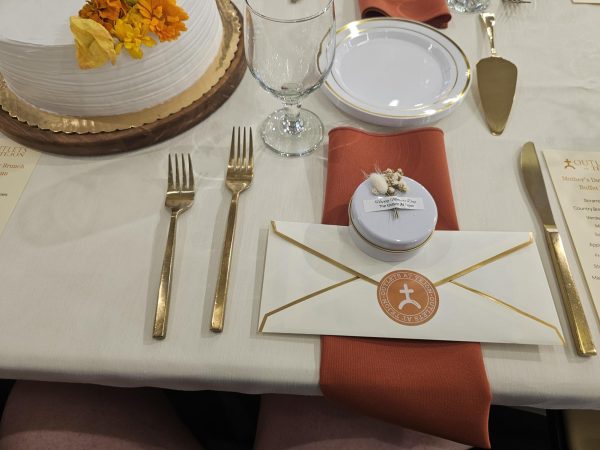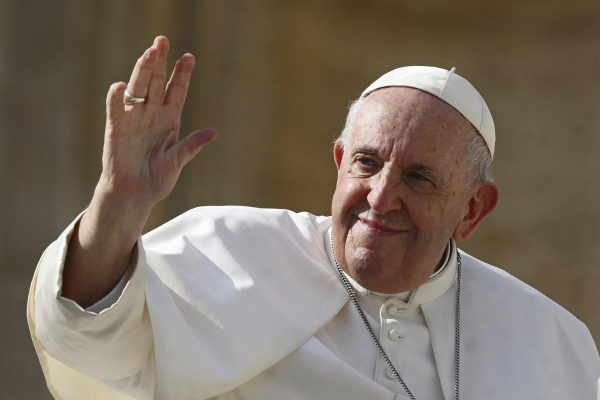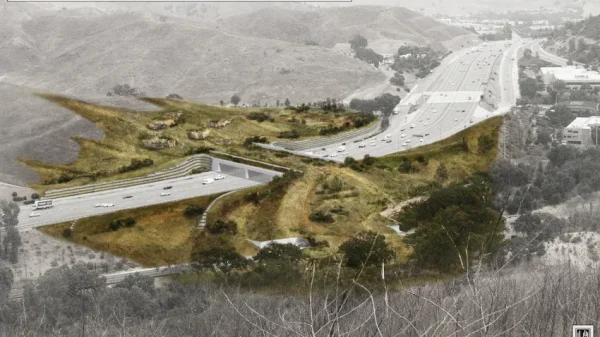Hawaiian Volcano “Mauna Loa” Erupts
United States Geological Survey/Handout/Anadolu Agency/Getty Images
Mauna Loa’s eruption sent lava flows cascading down slope, impacting the road used to access the Mauna Loa Observatory and cutting off power to maintain critical climate tool.
The long-dormant volcano, Mauna Loa, is no longer asleep. On Nov. 27, at 11:30 p.m., in Mokuaweoweo, Hawaii, the volcano erupted, causing panic amongst the locals.
At first, officials stated that the volcano would not endanger any towns, but they advised citizens to be ready for an evacuation. Lava spewed from the massive volcano, and it shot lava 200 ft in the air.
The volcano had been dormant for 38 years, with its last eruption occurring on March 25, 1984. The volcano had shown signs of eruption with earthquakes increasing gradually as the eruption dawned closer.
On the day of the eruption, the island had 17 earthquakes above the magnitude of 2, and 5 more earthquakes below the magnitude of 2. Most of the island is under a medium risk of lava flow, but areas closer to the volcano are labeled as extreme.
Another hazard is the air quality. Volcanic gas, fine ash, and sulfur dioxide are all byproducts of the eruption and can all cause serious health issues to those who come in contact with them.
The Hawaiian Health Department announced to the public: “Vog conditions, ash in the air, and levels of sulfur dioxide to increase and fluctuate in various areas of the state.” It was advised for elderly people with respiratory issues and children to avoid any outdoor activities that could cause heavy breathing.
As of now, the volcanic eruption poses little threat to the whole island, but residents are informed to still be prepared for anything.
Your donation will support the student journalists of Canyon High School. Your contribution will allow us to pay for our print issue magazine, website, and equipment costs.

Diego Melara is a senior at Canyon High School and is staff writer for journalism. He's been in journalism for three years. He enjoys writing about things...






